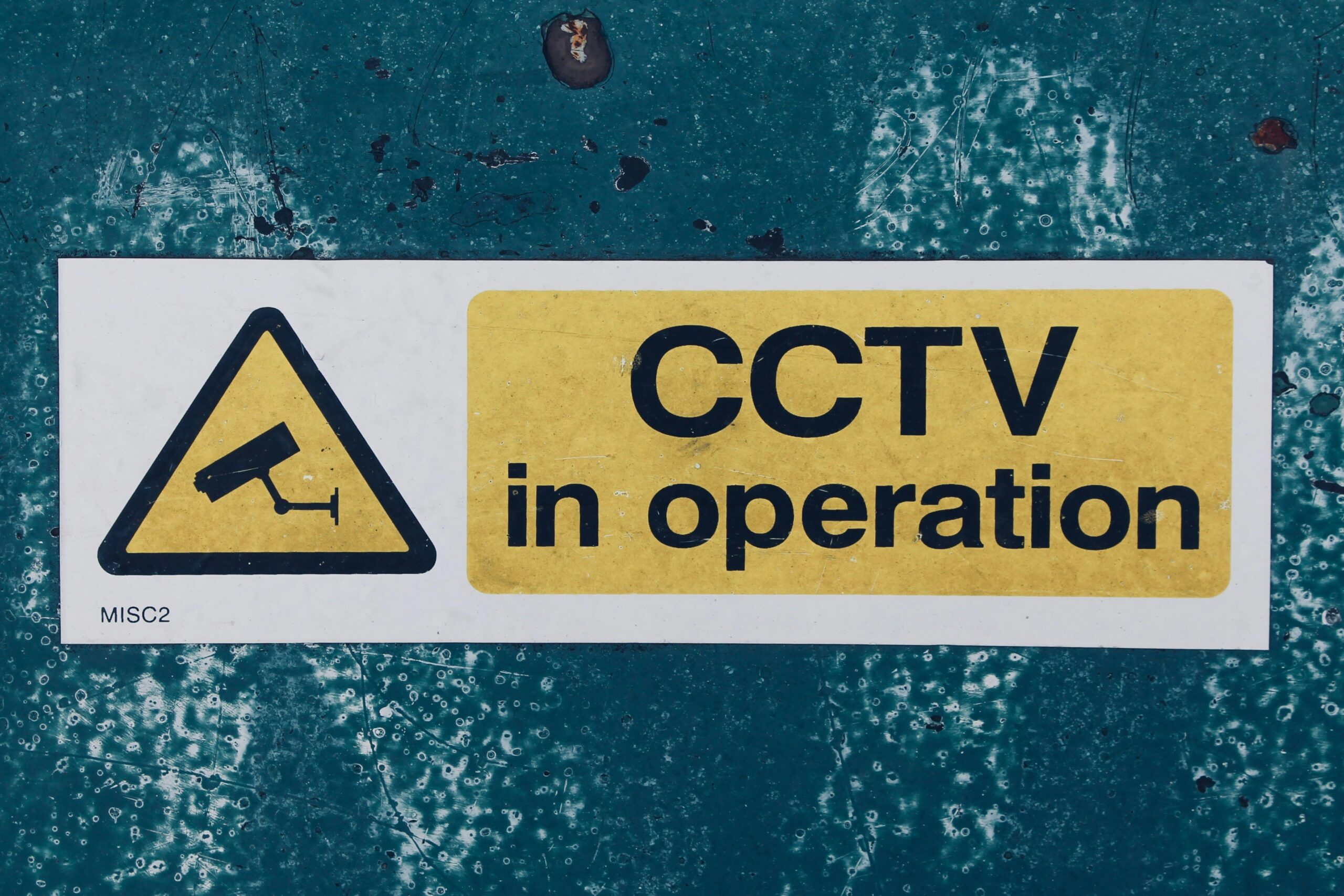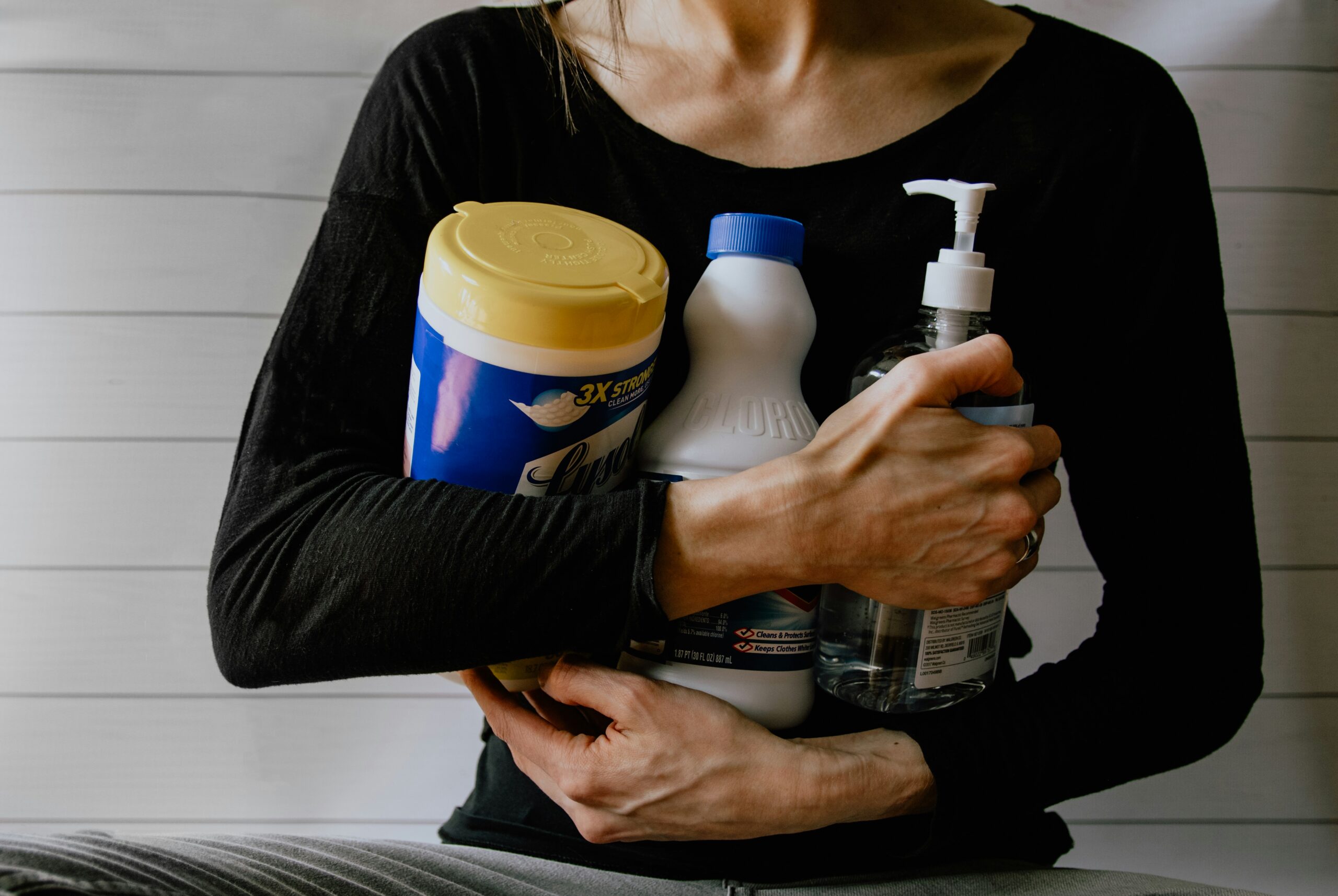Women’s health is multifaceted, encompassing physical, emotional, and psychological dimensions. In recent years, the connection between mental health and physical wellness has gained increasing attention, especially among women. While mental and physical health were once viewed as separate domains, research now shows they are deeply intertwined—one can significantly influence the other.
In this article, we explore how mental health affects women’s physical wellness, the conditions that are most commonly linked, and how addressing both aspects of health together can lead to better overall outcomes.
Understanding the Mind-Body Connection
The Science Behind the Link
Mental and physical health are closely linked through complex biological systems. The brain and body communicate constantly via the nervous system, hormones, and immune responses. For example, chronic stress can lead to elevated levels of cortisol, the body’s primary stress hormone. High cortisol levels over time can negatively affect various bodily functions, including metabolism, blood pressure, immune response, and reproductive health.
Moreover, mental health conditions such as anxiety and depression often manifest physically. Fatigue, headaches, sleep disturbances, and digestive issues are all physical symptoms that can originate from mental distress.
Women’s Health and Hormonal Influences
Hormones play a central role in the mental-physical health connection in women. Hormonal fluctuations throughout the menstrual cycle, during pregnancy, postpartum, and menopause can significantly affect both mental states and physical wellbeing. Women may experience anxiety, irritability, or depressive episodes that coincide with physical symptoms like cramps, migraines, or insomnia.
These hormonal transitions make women particularly vulnerable to health conditions where mental and physical symptoms overlap.
How Mental Health Impacts Women’s Physical Wellness
Chronic Illness and Mental Strain
Mental health can influence the risk, progression, and management of chronic diseases. Women dealing with depression or anxiety are more likely to develop conditions such as:
- Heart disease
- Diabetes
- Obesity
- Autoimmune disorders
For example, depression has been linked to increased inflammation in the body, which plays a role in the development of heart disease and other inflammatory conditions.
Women suffering from mental health disorders may also be less likely to follow medical recommendations, attend regular checkups, or maintain a healthy lifestyle, all of which can worsen physical outcomes.
Impact on Immune Function
Stress and anxiety can suppress the immune system, making women more susceptible to infections and slower to recover from illnesses. Chronic stress also contributes to inflammation, which is linked to conditions like rheumatoid arthritis and irritable bowel syndrome—both of which are more prevalent in women.
Sleep Disruption and Fatigue
Mental health issues can lead to disrupted sleep patterns, including insomnia or poor sleep quality. This creates a cycle where fatigue worsens mood, and poor mood makes restful sleep harder to achieve. Over time, lack of sleep affects everything from cognitive performance to immune response and cardiovascular health.
Specific Conditions Where Mental and Physical Health Intersect
Reproductive Health
Reproductive health is one of the most prominent areas where the link between mental and physical health is evident in women. Conditions such as:
- Premenstrual Dysphoric Disorder (PMDD)
- Polycystic Ovary Syndrome (PCOS)
- Postpartum Depression
- Perimenopausal Mood Disorders
demonstrate how hormonal and emotional health are intertwined. For instance, women with PCOS often experience anxiety or depression due to hormonal imbalances and body image issues related to weight gain, acne, or infertility.
Eating Disorders
Eating disorders such as anorexia, bulimia, and binge-eating disorder disproportionately affect women. These disorders are rooted in mental health but have severe physical consequences including malnutrition, heart complications, and digestive issues.
Recovery requires a dual approach that addresses both the psychological root causes and the physical damage caused by disordered eating behaviors.
Pain Conditions
Women are more likely than men to experience chronic pain conditions such as:
- Fibromyalgia
- Migraine
- Chronic pelvic pain
These conditions are often exacerbated by stress, depression, or anxiety. The perception of pain is not just physical—it is also modulated by emotional and mental states. Women experiencing emotional distress may have a lower threshold for pain, which intensifies their physical discomfort.
How to Address Both Mental and Physical Wellness
Holistic Healthcare
Women benefit most from a healthcare model that treats the mind and body together. Rather than addressing physical symptoms in isolation, holistic approaches involve:
- Mental health screening during physical checkups
- Integrated care from both general practitioners and mental health professionals
- Patient education about how mental states affect physical health
Women are more likely to report symptoms to healthcare providers, but these concerns are sometimes dismissed or misattributed. Training healthcare professionals to recognize the psychological dimensions of physical illness is key.
Self-Care and Lifestyle Changes
Daily habits have a significant impact on both mental and physical health. Women can take control of their wellbeing by adopting practices that support both areas.
Stress Management Techniques
- Mindfulness meditation
- Deep breathing exercises
- Journaling
- Yoga or tai chi
These help regulate emotional states and reduce physiological symptoms like high blood pressure or muscle tension.
Physical Activity
Regular exercise improves physical health by supporting cardiovascular, metabolic, and immune function. It also releases endorphins, which enhance mood and reduce anxiety.
Nutrition
A balanced diet rich in whole foods, lean protein, fruits, and vegetables helps stabilize mood and supports physical wellness. Nutritional deficiencies, especially in iron, B vitamins, and magnesium, can contribute to both fatigue and mood disorders.
Social Support
Emotional support from family, friends, or support groups can buffer the effects of stress and help women manage both mental and physical health conditions more effectively. Social isolation, on the other hand, is a known risk factor for depression and worsened health outcomes.
Professional Help
There is no shame in seeking therapy, counseling, or psychiatric care. For many women, professional support is the turning point in managing both emotional and physical symptoms. Whether through cognitive-behavioral therapy (CBT), medication, or support groups, professional care can significantly improve quality of life.
Conclusion
Mental health is not just an emotional issue—it’s a physical one too. For women, the link between mental health and physical wellness is undeniable. From hormonal shifts to chronic pain, reproductive health to immune function, the mind-body connection is at the center of many health challenges.
Recognizing and addressing this connection allows women to take a more holistic approach to their wellbeing. Whether it’s through self-care, lifestyle changes, or professional support, tending to both mental and physical health leads to better, more sustainable health outcomes.
Empowering women with the knowledge and tools to manage both aspects of their health is not just a personal priority—it’s a public health imperative.








